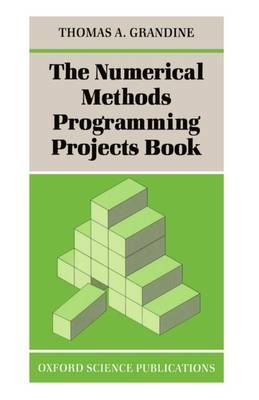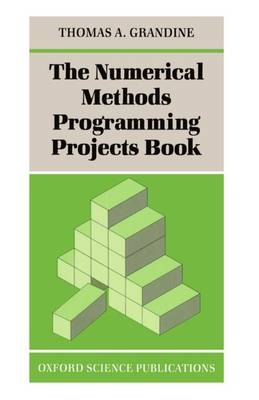
- Afhalen na 1 uur in een winkel met voorraad
- Gratis thuislevering in België vanaf € 30
- Ruim aanbod met 7 miljoen producten
- Afhalen na 1 uur in een winkel met voorraad
- Gratis thuislevering in België vanaf € 30
- Ruim aanbod met 7 miljoen producten
Zoeken
Omschrijving
Traditional numerical analysis books concentrate either on the mathematical or programming aspects of numerical algorithms. This textbook is different inasmuch as it emphasizes the relevance of these techniques to the real world and the use of a widely available library of numerical software in their application. The book consists of 22 carefully graded projects which will lead the reader through the techniques typically taught as part of a first course in numerical analysis. Throughout the reader is presented with projects which reflect very real problems that occur in science and industry. At the same time, the reader becomes accustomed to using a good library of numerical software when writing their programs. It is a theme of this book that the use of a solid, robust and bug-free software library will improve computational results and minimize the effort of programming. By integrating the use of the NAG (Numerical Algorithms Group) FORTRAN library into the projects,
students will develop experience and expertise in the use of a software library and, by practical example, be better prepared for working further with numerical analysis libraries. This lively and entertaining text will provide a valuable complement to more traditional numerical analysis books. Answers to exercises are included as well as full documentation of the relevant library routines used.
students will develop experience and expertise in the use of a software library and, by practical example, be better prepared for working further with numerical analysis libraries. This lively and entertaining text will provide a valuable complement to more traditional numerical analysis books. Answers to exercises are included as well as full documentation of the relevant library routines used.
Specificaties
Betrokkenen
- Auteur(s):
- Uitgeverij:
Inhoud
- Aantal bladzijden:
- 160
- Taal:
- Engels
- Reeks:
Eigenschappen
- Productcode (EAN):
- 9780198533870
- Verschijningsdatum:
- 22/02/1990
- Uitvoering:
- Paperback
- Formaat:
- Trade paperback (VS)
- Afmetingen:
- 156 mm x 233 mm
- Gewicht:
- 281 g

Alleen bij Standaard Boekhandel
+ 132 punten op je klantenkaart van Standaard Boekhandel
Beoordelingen
We publiceren alleen reviews die voldoen aan de voorwaarden voor reviews. Bekijk onze voorwaarden voor reviews.











